The founder of the Atomic Energy industry and also the person who devoted himself to implementing the nuclear power project in our country was Professor Nguyen Dinh Tu, the first Director of the Atomic Energy Institute. In 1956, he was the leader of a group of three young Vietnamese scientists sent to cooperate at the newly established Joint Institute for Nuclear Research in Dubna (formerly the Soviet Union). The modern international scientific center near the capital Moscow became the cradle for training nuclear experts for Vietnam. To this day, Dubna's history still proudly records two inventions named after Professor Nguyen Dinh Tu and Academician Nguyen Van Hieu.
Among the pioneering generation, many people can be mentioned who contributed to the opening of the Atomic-Nuclear field in our country. They are Associate Professor Hoang Huu Thu, the first person to organize the Nuclear Physics department or Professor Nguyen Huu Xy, who established the Nuclear Electronics department at the Faculty of Physics, Hanoi University of Science. Professor Dinh Ngoc Lan, the first nuclear physicist after the August Revolution, became a very talented expert in disseminating knowledge of atomic energy.
The Atomic Energy sector initially had excellent experimental physicists such as Professor Pham Duy Hien, Associate Professor Nguyen Nguyen Phong; multi-talented theoretical physicists such as Professors Tran Huu Phat, Cao Chi, Associate Professor Nguyen Tien Nguyen; talented nuclear-radioactive chemists such as Professor Dang Vu Minh, Associate Professor Nguyen Mong Sinh. These first generation of scientists grew up mainly from basic research, so they had profound scientific knowledge, but were also very sensitive to atomic energy applications.
For example, Associate Professor Nguyen Nguyen Phong, co-author of the Ho Chi Minh Prize for research on disarming magnetic bombs and mines during the war, later he and his teachers at Hanoi University of Science and Technology soon grasped the method of non-destructive testing using radiation, so in 1976 he was sent to Da Lat to preside over the successful inspection of the Da Lat furnace condition before construction and renovation...
The renovation project was successful and since 1984 the Da Lat reactor has been operating again with new Soviet fuel with a capacity of 500kW, double that of before. In the following years, when we were simultaneously building nuclear science and technology facilities in Hanoi, Da Lat and Ho Chi Minh City, Professor Nguyen Dinh Tu instructed us to prioritize the first phase of technical assistance projects from the International Atomic Energy Agency (IAEA) for Da Lat, in order to form a relatively synchronous research institute, and soon put applications into practice to serve production and life.
A few years later, many laboratories on nuclear isotope chemistry, radiobiology, irradiation technology, activation analysis, etc. were quickly put into operation, along with a team of enthusiastic young experts, helping the National Atomic Energy Institute to soon develop practical applications for medicine, agriculture, geology and human resource training. The Dalat Nuclear Research Institute was awarded the State Prize for its achievements in nearly 30 years of safe and effective nuclear reactor exploitation. This is a worthy title for a group of talented and dedicated brothers and sisters.
At the same time, a large area of work that is especially important is preparing human resources and organizing research and planning to bring nuclear power to Vietnam. After the accident at the Chernobyl nuclear power plant, the situation was very difficult, but Professor Nguyen Dinh Tu still persistently led the implementation of tasks that were not easy to gain consensus. The National Atomic Energy Institute has two state-level projects, of which project 50A is chaired by Professor Pham Duy Hien to develop and expand research on the application of nuclear techniques based on some contents that have been started in Da Lat. Professor Nguyen Dinh Tu is in charge of project 50B focusing on issues of technology for exploration and exploitation of uranium and rare earth mines, research on fuel and material processing, and preparation for Vietnam to gradually master technology in developing nuclear power.
In the late 1980s, when cooperation with socialist countries was difficult, the Government signed a bilateral cooperation agreement with India to train human resources and provide technological support. For example, in 1988, the neighboring country transferred a semi-industrial equipment system with a process for processing rare element ores at the Dan Phuong branch of the Institute of Radioactive and Rare Earth Technology, headed by Dr. Thai Ba Cau. The equipment was quickly installed and operated very effectively.
In 1986, Professor Nguyen Dinh Tu directly directed the establishment of a computer center in Hanoi with a system of first-generation PCs, which were very rare at that time, and linked it to the IAEA's technical assistance project on nuclear power planning. Colleagues from the Atomic Power Research Laboratory under the direction of Professor Cao Chi (later became the Nuclear Power Planning Research Center at the Institute of Nuclear Science and Technology), used this tool to calculate nuclear power planning step by step on the program version provided by the IAEA.
The work was accelerated in the years 1992-1996 thanks to funding from the State-level Science and Technology Program KC-09 "Nuclear Engineering" chaired by Professor Nguyen Dinh Tu. At first, the Program had 16 topics on nuclear engineering, radiation technology, isotope hydrology, nuclear medicine, geological exploration, raw material technology, nuclear fuel, radiation safety, etc. Later, the Program Director directed the establishment of two more contents: Topic KC-09-17 on research on the development strategy of the Atomic Energy industry and topic KC-09-18 on research on radiation background control and environmental protection. In the 1996 acceptance report, topic KC-09-17 made an important prediction that Vietnam needed to harmoniously use different energy sources, including the implementation of nuclear power in our country in the period 2010-2015.
Understanding that science and technology must be linked to the industrial economy, in 1996, Professor Nguyen Dinh Tu lobbied the leaders of the Ministry of Industry to take responsibility for conducting a study to develop a nuclear power plant in Vietnam. Unfortunately, in the middle of that year, the Professor suddenly passed away, but what he initiated continued to be gradually consolidated and developed.
After the KC-09 Program, the state-level project KHCN-09-04 determined the scientific, economic and social basis for the long-term nuclear power program (1996-1999) chaired by Associate Professor Nguyen Tien Nguyen and the general research project on Nuclear Power Plants (1996-1998) chaired by the Ministry of Industry were actively implemented as suggested by Professor Nguyen Dinh Tu.
Until 2016, we were the next generation, participating from the very beginning of the National Atomic Energy Program, and took the Ninh Thuan nuclear power project to the end of phase 2 of site approval research and construction investment project establishment. After 8 years of suspension due to macro difficulties, from the end of 2024, the project was allowed by the Party and State to continue with an extremely urgent progress to enter the construction and installation phase.
There are still many difficult challenges, but the past journey helps us strengthen our belief in the future of the country. In the field of Atomic Energy, the next generations will not forget the Vietnamese nuclear scientists who pioneered the path to today.
Source: https://nhandan.vn/nhung-nguoi-tien-phong-xay-dung-nha-may-dien-hat-nhan-post882320.html





![[Photo] Pink ball and table tennis](https://vphoto.vietnam.vn/thumb/1200x675/vietnam/resource/IMAGE/2025/5/26/d9f770bdfda243eca9806ea3d42ab69b)

![[Photo] Official welcoming ceremony for French President Emmanuel Macron and his wife on a state visit to Vietnam](https://vphoto.vietnam.vn/thumb/1200x675/vietnam/resource/IMAGE/2025/5/26/a830702ef72f455e8161b199fcefc24d)



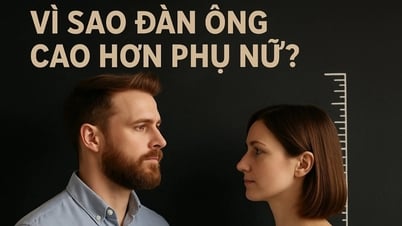

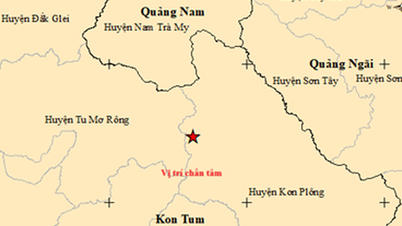







![[Photo] Official welcoming ceremony for French President Emmanuel Macron and his wife on a state visit to Vietnam](https://vphoto.vietnam.vn/thumb/402x226/vietnam/resource/IMAGE/2025/5/26/a830702ef72f455e8161b199fcefc24d)
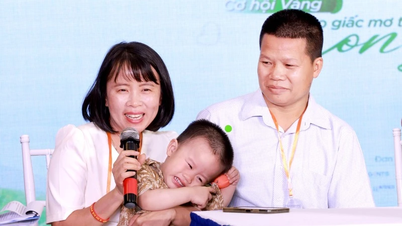
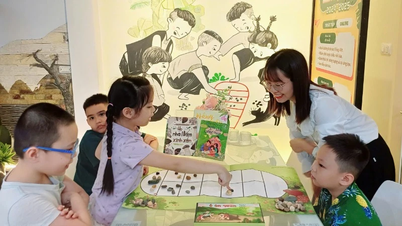
![[Photo] Pink ball and table tennis](https://vphoto.vietnam.vn/thumb/402x226/vietnam/resource/IMAGE/2025/5/26/d9f770bdfda243eca9806ea3d42ab69b)
![[Infographic] Vietnam-France Comprehensive Strategic Partnership](https://vphoto.vietnam.vn/thumb/402x226/vietnam/resource/IMAGE/2025/5/26/986f63068ea9413dbbb558ee6c6944f3)

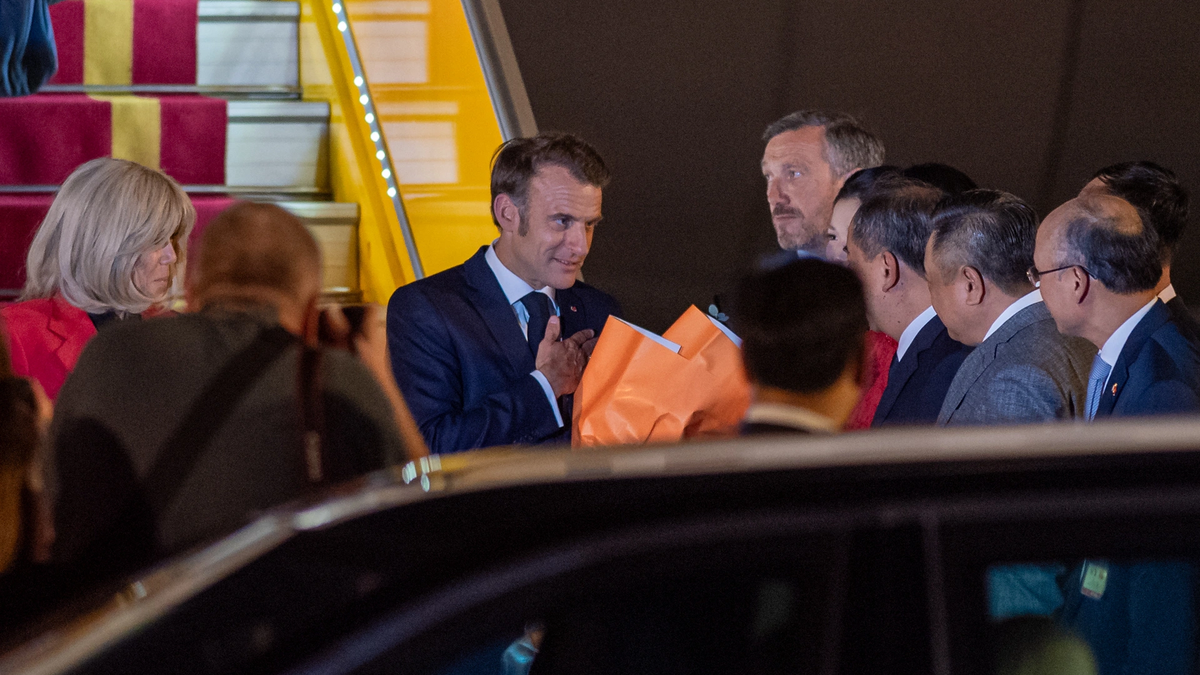

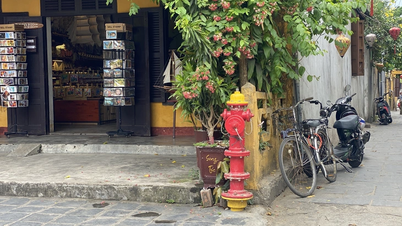
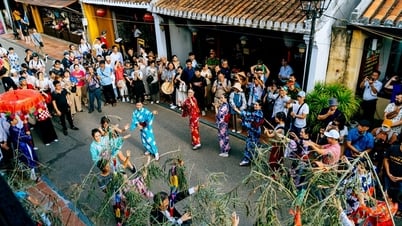








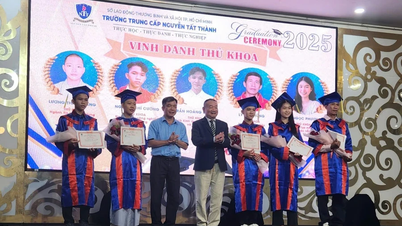
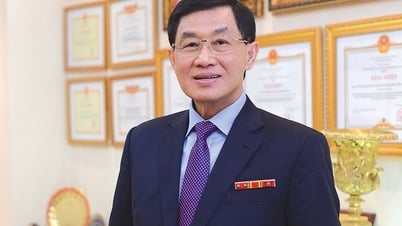








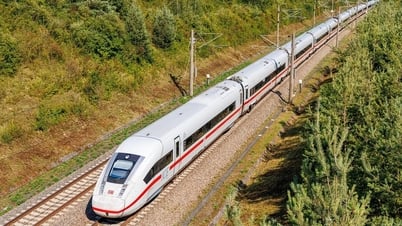


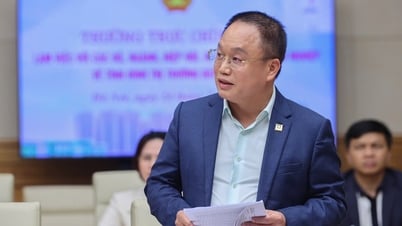

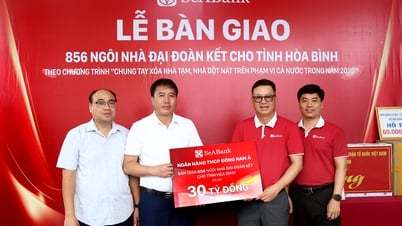
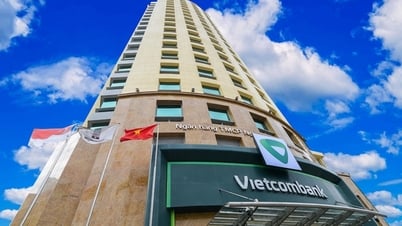




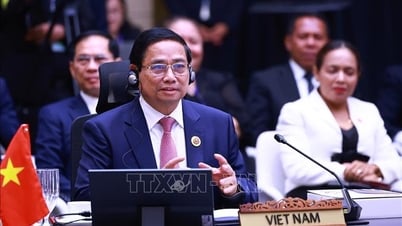

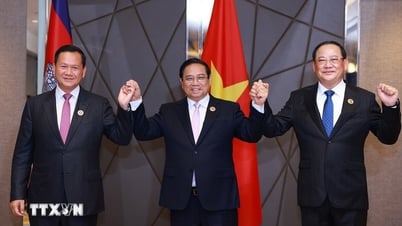
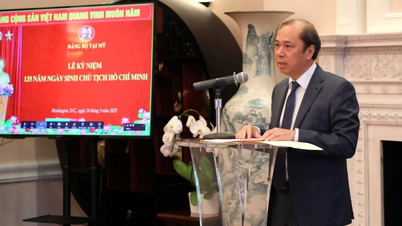
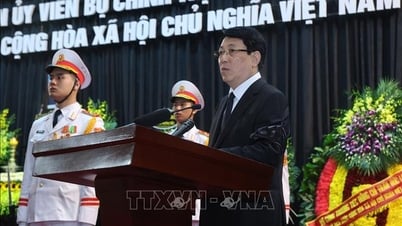

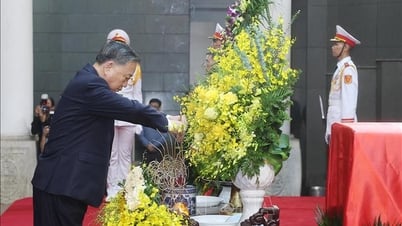
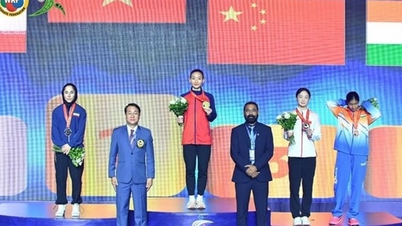




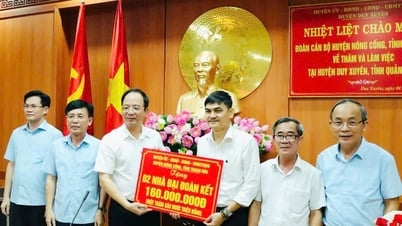

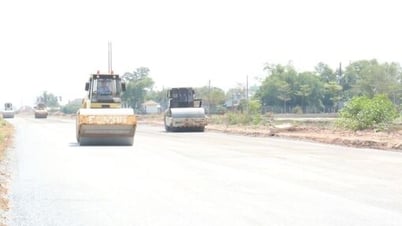

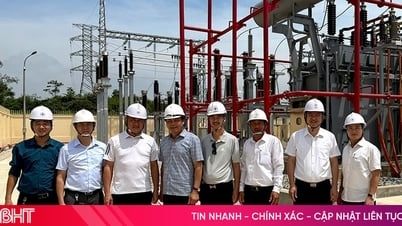



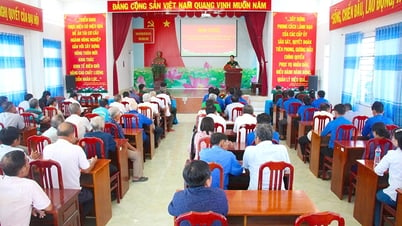
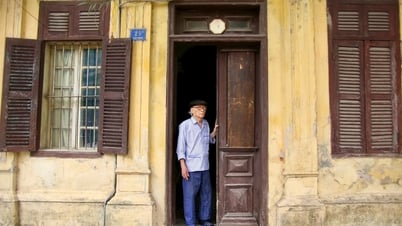

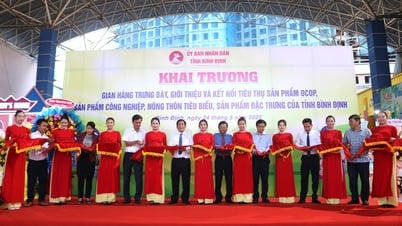

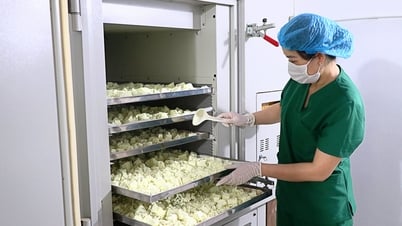








Comment (0)